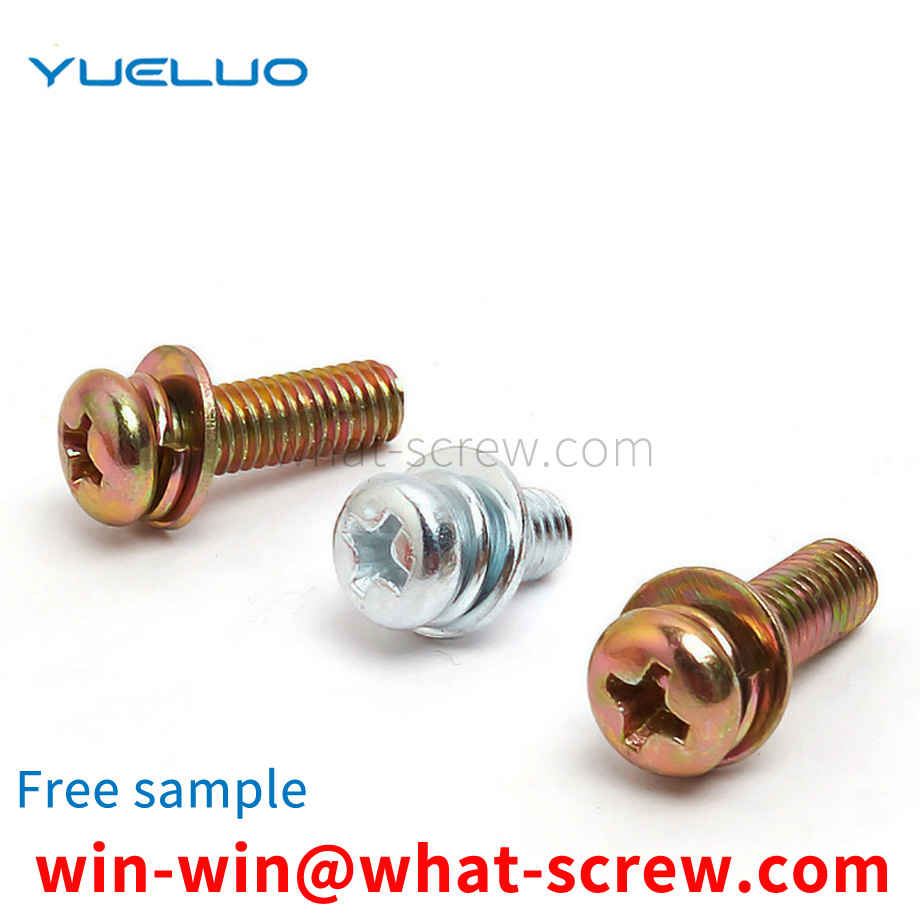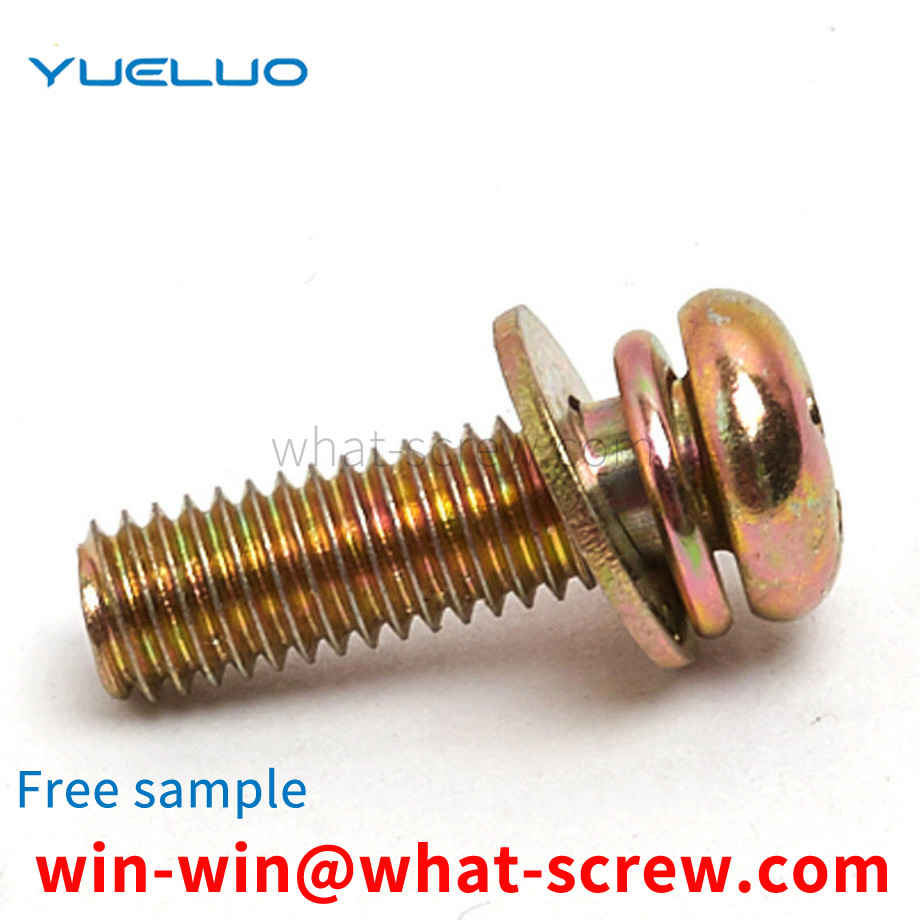Slotted round nut, side hole round nut, end face hole round nut, small round nut round nut, ring nut, wing nut copper nut, inlaid copper nut, knurled copper nut, embedded copper nut, injection copper Nuts and other alloys zinc-copper alloy nuts and other anti-loosening principles Edit the locking nut The locking nut DIC-LOCK locking nut is composed of two parts, each part has a staggered cam, due to the internal wedge design, the slope angle is greater than the bolt's The angle of the nut, the combination is tightly integrated into a whole. When vibration occurs, the raised parts of the DIC-LOCK locknut stagger with each other to generate lifting tension, thereby achieving the anti-loosening effect.
In the prior art, after the screw is screwed into the workpiece, rust inhibitor is dripped on the edge of the screw to prevent rust in the later stage, but this traditional dripping method of rust inhibitor often produces rust inhibitor during the dripping process. Difficult to penetrate, or the problem that the anti-rust oil cannot penetrate due to the tight contact between the screw thread and the thread groove. In terms of material saving, the traditional anti-rust of screws often causes a lot of waste of anti-rust agent, and cannot achieve a good anti-rust effect of screws.
Countersunk head screw, also called countersunk head screw, also known as flat machine screw, is a kind of construction part. The head is a 90-degree cone, similar to common wood screws. The head has tool tightening grooves, such as a zigzag, cross, inner hexagon, plum blossom, pentagon, etc. Screws are all connectors used to connect two objects. Generally, the head of the screw will protrude above the surface of the object to be connected, so that the surface will lose its smoothness. Countersunk head screws can be sunk under the surface to make the surface flat. For hard objects, countersunk holes need to be drilled in the corresponding positions of the countersunk head. In short, the countersunk head is the head of the screw that can keep the surface flat after installation.
Yueluo relates to a self-tapping screw according to the preamble of claim 1. A self-tapping screw is known from EP0623759B1, the ratio of the outer diameter to the smaller diameter of the self-tapping screw is about 1.25-1.5, the ratio of the outer diameter to the pitch lead is about 1.5-1.6 and the thread The flank angles of , are < 50° and ≥ 35°. EP0433484B1 proposes a self-tapping screw whose thread is provided with cutting teeth of approximately arcuate design, and the cutting edge and the thread crest are at the same horizontal position and are set in opposite directions. One purpose of Yueluo is to realize a general type of self-tapping screw so that it can be screwed particularly easily into holes drilled in concrete or other materials such as bricks and the like. According to Yueluo, this object is achieved by the features in the characterizing part of claim 1, and surprisingly, it has been found that the parallel arrangement of the flanks, ie with a flank angle of about 0°, will make screwing particularly easy when screwing in , especially if the diameter of the hole varies within an allowable tolerance. One reason may be due to the fact that there is no lateral pressure on the material screwed into the thread, even if threads of different depths are cut in concrete or other materials such as brick, chipped plywood, or hardwood. The thread cuts into the material over its entire width by cutting grooves. In particular according to the embodiment of claim 13 the material cut out when screwing in the screw can be discharged without any accumulation, the dependent claims reflecting many advantages of further embodiments.
The positioning pin is a pin designed to accurately position the two adjacent parts of the mold in a mold composed of two or more parts. It can be seen that the positioning pin plays a positioning role, and the mold must be accurately synchronized when it is closed. product, and the positioning pin can make the upper and lower molds play a role in accurate positioning. In the mold design and manufacture of Yueluo, the positioning pin is one of the most common parts. Since it is only used for positioning between parts, few people will pay too much attention to it. In the cold stamping process of Yueluo, the dimensional accuracy of the blanking parts depends on the size of the working part of the punch and the concave die, and the dimensional difference between them constitutes the blanking die gap. Gap is an important process parameter for die design, and its size has a great influence on the quality of the section of the blanking part, the blanking force, and the life of the die. If the gap is too large, punching burrs will appear in punching; if the gap is too small, secondary cracks will occur in the section and extrusion burrs will appear, which will make the quality of the section after punching unsatisfactory, and a reasonable gap will not only help the punching section. The improvement of quality also contributes to the improvement of the lifespan of the three-tool.
We have many years of experience in the production and sales of screws, nuts, flat washers, etc. The main products are: production nuts, six-star screws, DIN pure titanium screws, widened flat washers and other products, we can provide you with suitable fasteners for you solution.



















 Service Hotline
Service Hotline




